Updated on April 7, 2021
Children kung fu
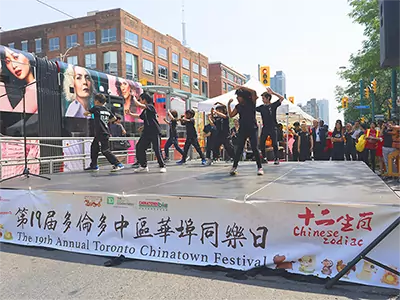
Martial art program improves children’s mental capacity i.e. focus, creativity, self-control, discipline, and working memory functions. Various research studies have confirmed the positive effects on children’s character and physical development. ... Read more
The children’s kung fu program at Bamboo Kung Fu instils habits of good movement patterns in children. This will help set a foundation that can help them to initiate their healthy and active lifestyles towards adulthood. ... Read more
The children’s kung fu classes at Bamboo Kung fu are customized for children from ages 6 years old and up to 12 years old. The in-class activities challenge the children mentally, physically, socially, emotionally, which are very important in the positive development of a child’s strong foundation to adulthood.
The children's kung fu classes are available online or virtually.
Find out more about details and in on setting up for online classes.
Martial art training improves child’s brain function
According to psychology experts, the period of a child’s life between the ages 6 years up to 12 years old, known as middle childhood, is the most sensitive period of development especially in the development of the brain.
.... Read more
During middle childhood, a child is highly sensitive to challenges of physical capabilities e.g., improving motor skills. Studies have indicated that a child who is exposed to physical activity is more likely to develop physically active habits and indirectly lead a healthy and active lifestyle. Overcoming physical challenges instils a sense of achievement and confidence.
In addition, recreational physical activity also promotes positive social, emotional stability at the same time increases resiliency or determination to achieve an intended goal.
Read less
Kung fu movements challenge child’s mental capacity

From our experience, children respond best to mental stimulation. Competencies in focusing and maintaining attention span so that s/he can listen to instructions and perform tasks according to instructions issued can be challenging at the beginning. Physically, learning the kung fu movements and coordinate them will stimulate the brain’s neural connections. So, children will learn and understand the positions of their body in space – proprioception. Consequently, they will learn to be in tune with their body.
.... Read more
Research studies have indicated physical activity contributes to better memory capacity. In addition, the kung fu curriculum at Bamboo Kung Fu requires students to memorize the multiple combinations of techniques in a form or set.
At the same time, while practicing the forms, the children are exposed to its challenges. The children are presented with the experience so that they can learn to visualize and anticipated success ahead. Therefore, they learn the need to be disciplined, focused and muster the resolve to complete the presented challenging tasks.
Obviously, the training goals are very different across the age groups in our children kung fu program - ages between 6 years old and 12 years old, we expect different training goals across different ages. We adapt the program to the child’s ability and progress. We won’t force program expectations for a 12-year-old student on a 6-year-old student.
Read less
Belt and Motivation:
The common question we get from parents is “…how do you motivate the children in the program?”
Contrary to most martial arts program, we don’t use belt ranking as a way to motivate and keep the children’s interest in our kung fu program.
.... Read more
Of course, issuing belts and certificates is a very lucrative way for martial arts schools to generate revenue. Fortunately, we have not relented to the lure of the revenue device yet!
From the perspective of an individual young student, belt ranking has its benefits namely, it helps to motivate the child to attain a visible achievement.
So, why not have a belt ranking system in our children’s martial art program?
In our view, earning belts as a way to visibly mark individual achievement is known as extrinsic motivation.
Extrinsic Motivation:
It is a way to motivate a person to engage in an activity to gain a known external reward.
The reward can be in form of trophies, praises, grades, recognitions, gifts, money, etc.
The source of motivation arises from outside of the individual.
The person may or may not have an interest or have any enjoyment in the activity but, only want to gain external reinforcements i.e., trophies, recognition, praises or acclaims from people around the child.
We believe in creating motivation from within an individual, an intrinsic motivation.
Intrinsic Motivation:
The motivation is when an individual gains internal reward from the activity. For example,
a child like to engage in the activity because he/she feels happy doing it, or enjoy doing it because it’s interesting,
it makes them feel strong and gain a sense of achievement.
We are not discounting the benefits of extrinsic motivations. We use small extrinsic motivations to facilitate the learning process. For example, we lavish the kids with praises when they perform well in their activities – those are the small encouragements that we provide while in class…. and sometimes we can see celebratory fist pumps in the air!
Read less
From the point of view of long-term development, we feel that intrinsic motivations are more beneficial for children. This is definitely a more difficult proposition to get children to get motivated from within. Putting their minds and hearts into acquiring skills is most important in a child’s development.
.... Read more
As a more permanent acknowledgment, our teachers/coach will nominate our children who performed well, to be selected as members of our performance team.
When children overcome small challenges, they feel empowered and realize that their goals are achievable. Consequently, they will be ready and feel confident to face more challenges ahead.
From the point of view of long-term development, we feel that intrinsic motivations are more beneficial for children. This is definitely a more difficult proposition for the teachers/coaches to get children to be motivated from within. We like to have the children understand and gain an appreciation of what and why things are done in a certain way.
Read less
Instilling biomechanics and posture
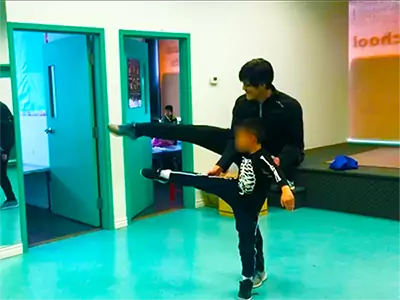
While in class, the children will learn to apply proper biomechanics and posture. This will help children to experience the power and appreciate the value of good technique while instilling in them, the movement pattern or habits for better leverage.
.... Read more
We will use an example to illustrate the point. Consider the action of lifting a box from the floor and place it on the surface of a table. Most of us will pick up the box by just bending our backs with minimal knee bend. An occupational health and safety expert will advise you to bend your knees low enough and keep your back as upright as you can to lift the box to prevent injury.
However, if we as adults through our years of bad habits have been so conditioned with bending at our waist to pick up the box then, we will need to relearn to bend at our knees to pick up the box.
The point is to build good movement patterns from a young age so that the movement pattern is habitual. When the children reach adulthood, they are less susceptible to injury.
The habits instilled at a young age can help reduce injury risks and indirectly healthy activity.
Read less
Combat childhood obesity
In today’s age of mobile devices, tablets, our children’s lifestyle is more sedentary and of decreased attention span. Children who participate in physical activity programs tend to fare better in physical health and mental health. Not to mention the positive experiences in social skills and relationships with their peers.
Educate children about the importance of physical activities
We recommend parents educate their child or children on the benefits of physical training. Martial art is one of the best physical activities for children. It involves a wide repertoire of movement patterns, combinations, angles, planes.
We also recommend having discussions with children about the expectations of participation in a martial arts program. The program will be physically challenging at the same time it will be interesting and fun.
It is an investment which sets up the children to be healthy and confident adults.
References: [click]
- V Kandice Mah, MD, E Lee Ford-Jones, MD, Spotlight on middle childhood: Rejuvenating the ‘forgotten years’, Paediatrics & Child Health, Volume 17, Issue 2, February 2012, Pages 81–83, https://doi.org/10.1093/pch/17.2.81, available at https://academic.oup.com/ .... /17/2/81/2638838
- Patrick Z. Liu and Robin Nusslock, Exercise-Mediated Neurogenesis in the Hippocampus via BDNF, Front. Neurosci., 07 February 2018, https://doi.org/10.3389/fnins.2018.00052, available at https://www.frontiersin.org/... / fnins.2018.00052/full
- Anna Harwood, Michal Lavidor, Yuri Rassovsky, Reducing aggression with martial arts: A meta-analysis of child and youth studies, Aggression and Violent Behavior, Volume 34, May 2017, Pages 96-101, available at https://www.sciencedirect.com/.... /S1359178917300976?.... via_email
- Adele Diamond, Kathleen Lee, Interventions shown to Aid Executive Function Development in Children 4–12 Years Old, Science, 19 Aug 2011:Vol. 333, Issue 6045, pp. 959-964, available at https://www.ncbi.nlm.nih.gov/pmc/articles/PMC3159917/
You may be interested in:
Kung Fu performance at the 2023 Toronto Chinatown Festival
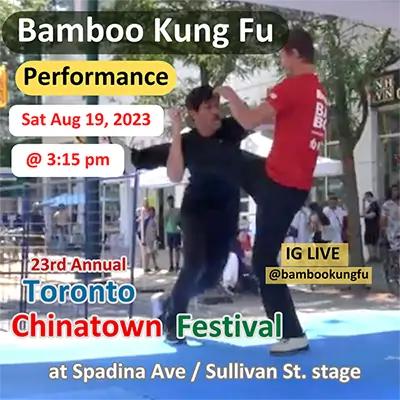
Bamboo Kung Fu students will perform Chinese martial arts on stage at the 23rd Toronto Chinatown Festival on Saturday, August 23, 2023. Our show will begin at 3:15 pm (UTC/GMT -4).
The martial arts show will be held at Spadina Avenue and Sullivan Street.
More - Martial art performance at the 2023 Toronto Chinatown Festival
Stances - The Most Important Secret in Martial Arts Practice
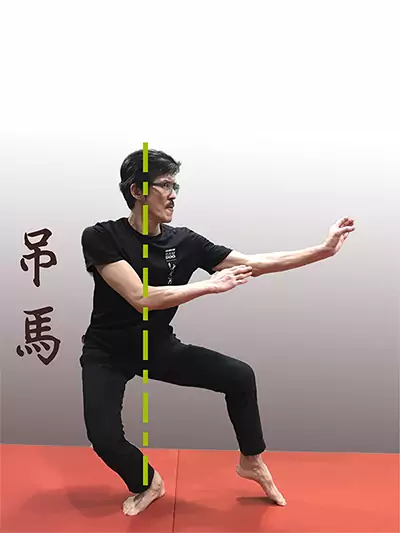
Stance is the ultimate foundation in martial arts practice. Stance is the essence of any kung fu practice. Without it, the quality and leverage of the kung fu techniques will not be effective.
More - Stances: the most important foundation in martial arts practice
Punching Power “Leaks”: How Bad Posture Lowers Punching Power
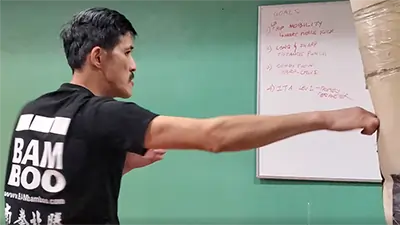
Does bad posture reduce punching power in kung fu? Yes. Forward-rounded shoulder posture reduces the leverage of the kinetic chain and affects punch accuracy, especially in Buk Sing Choy Li Fut kung fu.
More - How Bad Posture Causes Punching Power Leaks
Kung Fu Online Live Martial Arts Classes Long Distance Learning
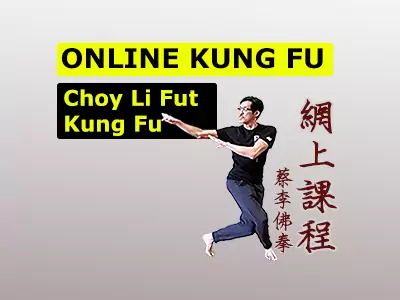
Online live interactive martial arts classes in the comfort of your home. Go to kung fu classes without travelling
More - Online Kung Fu classes
LIVE Online Kung Fu-Blind River, Elliot Lake, Thessalon, Bruce Mines
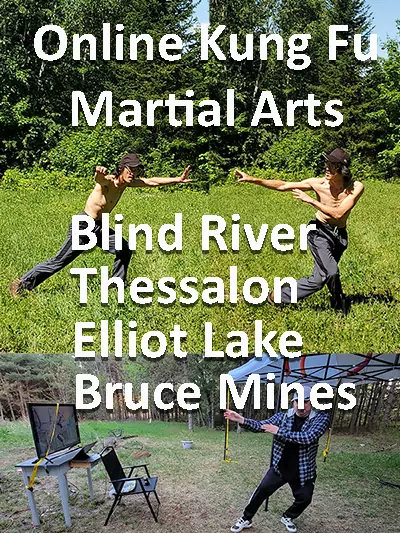
LIVE Online Kung Fu in the townships of Blind River, Elliot Lake, Thessalon, and Bruce Mines in northern Ontario.
Our online classes are cast LIVE from our location in downtown Toronto. Our online classes are Hybrid classes. This means the online classes are run together with in-person classes.
More - Online Kung Fu-Blind River, Thessalon, Elliot Lake, Bruce Mines in northern Ontario
Adult kung fu
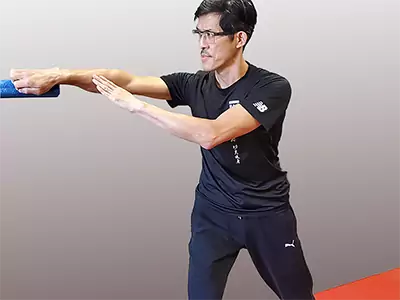
In-person and online options available.
Choy Li Fut kung fu is a dynamic martial art style with a diverse repertoire of movements. Class curriculum:
Primary goal: Improve overall fitness.
Secondary goal: Gain self-defence knowledge, Foster good biomechanics and posture to help you in day-to-day activities of daily living (ADL).
Everyone is welcome, with or without previous martial arts training experience.
More about Adult kung fu
Essentrics™-stretching, strengthening, mobility full body exercise
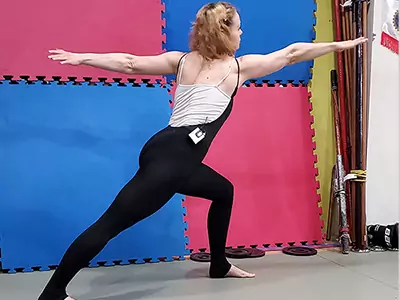
In-person and online options available.
Essentrics™ is a full-body workout that draws inspiration from ballet, Tai-Chi, that develops lean, strong muscles and improves your posture. The fluid and dynamic movements nature of the exercise is low impact and improves joint health. Lighten up your mood and move to the rhythm of the songs playlist.
More about Essentrics™
